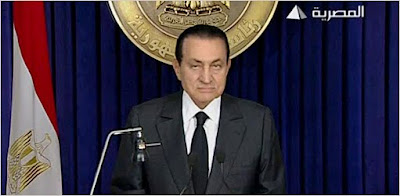chuck's comment on the previous post got me to thinking about forms of city government. I have lived in cities with all sorts of forms of governments--New York, little bitty Vermont town (so small that if I named it, I might blow my cover), Lower Merion Township (a suburb of Philadelphia), Burlington, VT, and Kansas City, MO.
Once people begin to live together in close proximity with each other, they found they had to organize so that people would do things for the group welfare in an organized manner. Things like getting the garbage picked up and the streets plowed. In small towns, the authority rests with the Town Meeting. Held once a year on the first Tuesday in March, the meeting elects selectmen to represent the town and make decisions the rest of the year. Town meeting also attends to money issues like budget and taxes.

Usually a small Vermont town will only have a few paid employees. The Town Clerk keeps track of voting, meetings, permits and all the paperwork. The Road Commissioner will keep the roads in good shape. (Advice: Make friends with the Road Commissioner...)
Now, as towns get bigger, that direct democracy thing stops working so well. It's hard to have a big town meeting when you have a lot of residents. The "select board" becomes the "board of aldermen" or "the city council" and is elected by ballot by residents organized into districts or wards. The job of the day to day running of the municipality gets big. The elected representatives need help. Many cities then create the position of Town/City Manager. That person, hired by the City Council, is the COO of the town. This the structure of Lower Merion Township--they call the offices Board of Commissioners and Township Manager. They have no mayor in their town. A larger town in Vermont near my itty bitty town also has this form: no mayor, just an elected board and a manager.
And it is the form of government of Kansas City, Missouri. Except Kansas City has a mayor.
I really thought that Burlington, VT had a city manager but no. The town that gave the world Bernie Sanders has a "strong mayor" form of government. There is no manager, but the mayor's office is over a Board of Commissioners and city offices. Oh, the city council has to vote on stuff. But most things originate in the mayor's office.
Chicago may be the granddaddy of all cities run out of the mayor's office but I have lived in New York City and it too is run by a strong mayor. As you can see I had a little fun with Microsoft Paint demonstrating the difference between a strong mayor form of government and a city manager form of government in which, really, the mayor is optional.

In New York, you have the mayor, with seven deputy mayors and a 51 member city council. They are helped by the Comptroller who functions as a CFO. The five borough presidents are all probably overpaid for the work they do. They are probably an accident of history that has been hard to remove all these years.
Kansas City used to have a strong mayor form too, but the city became very corrupt. A reform movement created the City Manager's office. The mayor is very weak, having become one of thirteen voices in city council meetings. In a way, the mayor in KCMO is a bit of a vestige, like the NYC borough presidents.
Each form of government has its strengths and weaknesses. I'll explore those in a future post, especially relative to Mark Funkhouser, the current mayor of Kansas City, MO.
Click on my silly pictures to make them bigger. Use the back button to return.
Links:
(Sorry, no link to Kansas City--at 1613, the site seems to be down...500...server problem.)
 The Ruskin Eagles defeated the Rockhurst Hawklets 63-61 in double overtime. They will go on to play in the state playoffs. The next game is 6:30 pm Wednesday, March 2nd at the Independence Event Center against Lee's Summit North. (Go here for the full bracket.)
The Ruskin Eagles defeated the Rockhurst Hawklets 63-61 in double overtime. They will go on to play in the state playoffs. The next game is 6:30 pm Wednesday, March 2nd at the Independence Event Center against Lee's Summit North. (Go here for the full bracket.)


































